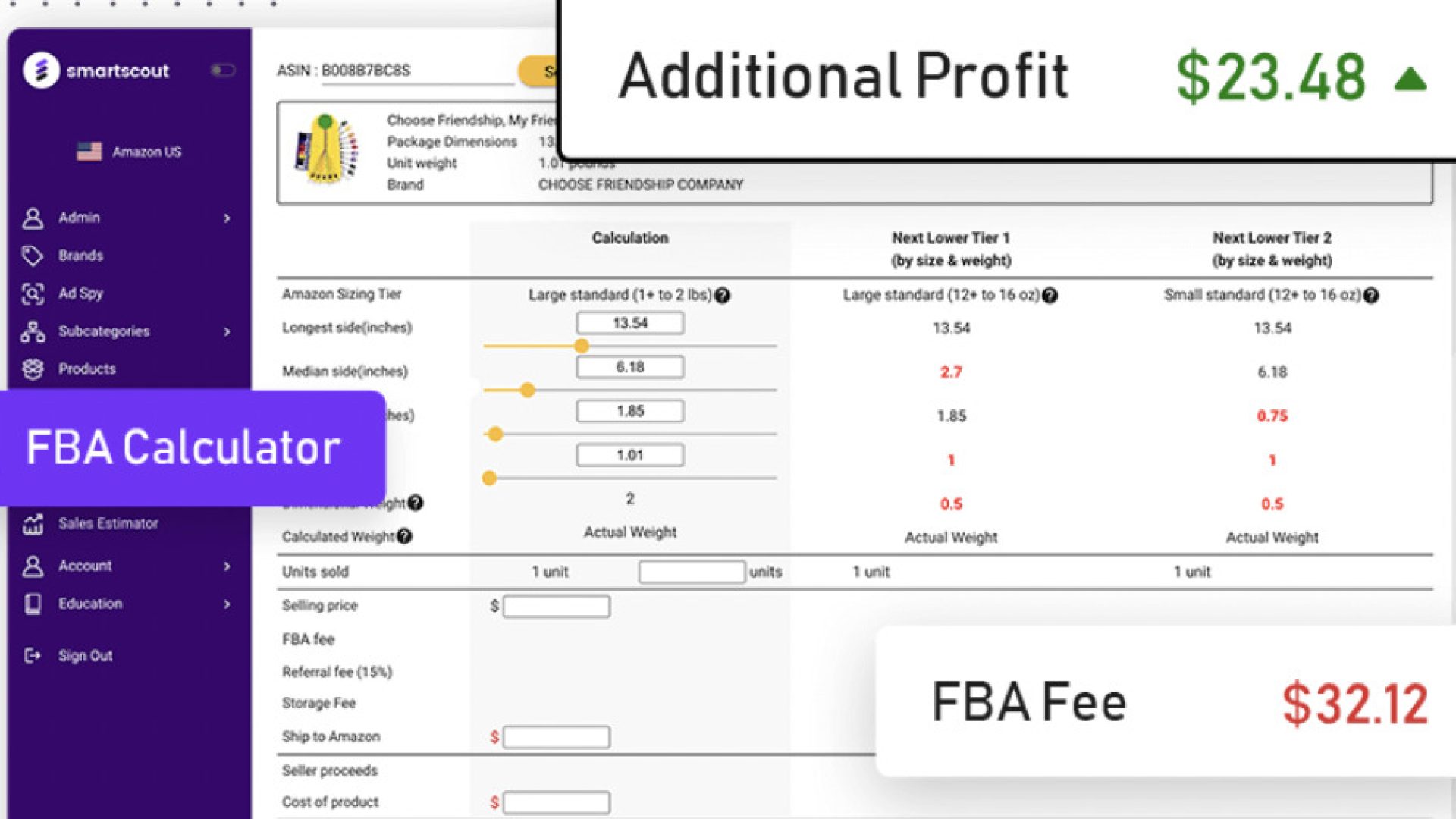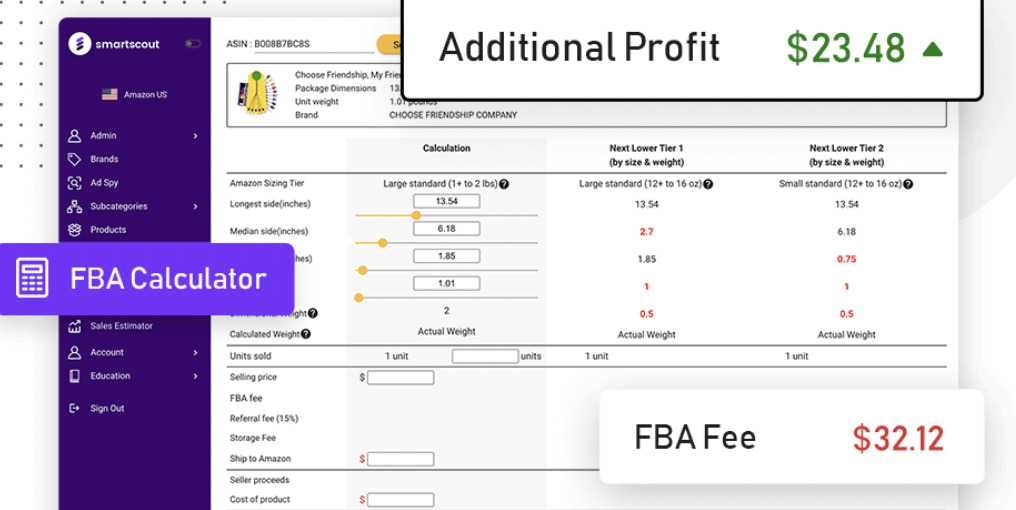ECommerce is making waves in the world today, offering unparalleled platforms to buy and sell goods. Understanding how these online storefronts make money gives you a professional edge, particularly within Amazon’s Fulfillment by Amazon (FBA) scope.
In its simplest form, eCommerce thrives on the principle of buying low and selling high. Sellers source products with lower market prices, list them on ecommerce platforms—like Amazon FBA—and make a profit from the markup.
Dropshipping is another popular ecommerce model. It involves selling products you don’t physically stock. An order is made on your Amazon FBA store, and the product is shipped directly from the manufacturer or supplier to the buyer.
Subscription services, a rising trend, present yet another avenue for profit. Customers pay monthly or yearly fees for regular access to products or services. This model is most prevalent in industries like media, food, health, and personal care.
Advertising serves as a significant revenue source for ecommerce platforms. Amazon offers Sponsored Products and Sponsored Brands, paid advertising services to help sellers promote their products and increase visibility.
Affiliate marketing is quite prevalent in ecommerce, offering an innovative way to earn income. Sellers, influencers, or reviewers recommend a product on their platform, and gain a commission on every purchase made through their referral link.
Amazon FBA specifically offers a unique profit potential. It takes over the shipping, handling, and storage hassles allowing sellers to focus solely on selling, a boon for ecommerce beginners.
Product creation is a road not quite as traveled, wherein eCommerce sellers create and sell their unique products or services from scratch. Amazon allows custom designs and inventions to be listed for sale, giving you an opportunity to establish a brand in an ocean of sellers.

Unlike brick-and-mortar stores, eCommerce requires minimal startup capital. With limited barriers to entry, more people are venturing into online selling. Learning from established ecommerce platforms and adapting their revenue models fast-tracks one’s progress in the industry.
Print on Demand (POD) services also open avenues for income in eCommerce. Amazon offers Merch by Amazon, allowing designers to upload their designs, choose product types, set the price, and earn their royalty. Many eCom sellers take to Shopify to start their own POD stores as well utilizing native Shopify apps to assist efficiently.
The digital era brings with it a bounty of data. Ecommerce platforms utilize this data to provide better experiences, make smarter business decisions, and charge for access to it. Companies are willing to pay for valuable consumer insights that data provides.
The use of AI in ecommerce has revolutionized customer experience. Predictive analytics enable customized shopping experiences, leading to increased trust and loyalty. This enhanced customer service indirectly contributes to the revenue of the seller.
Amazon FBA simplifies global trade, overcoming geographical barriers. Sellers can tap into vast markets without hefty investments, making it an attractive choice for new and expanding businesses.
To summarize, eCommerce offers multiple potential streams of income, bolstered with the right strategy and tools. A combination of regular sales, dropshipping, advertising, affiliate marketing, private labeling, among others, can lead to substantial income.

Understanding the various routes to making money in ecommerce and leveraging Amazon FBA’s advantages will set the stage for your journey as an online seller. By examining successful models and adapting to evolving trends, you carve your path to financial freedom.
For assistance in getting started with Amazon FBA, contact Katie Melissa through her Instagram or company website, Elite Automation.


